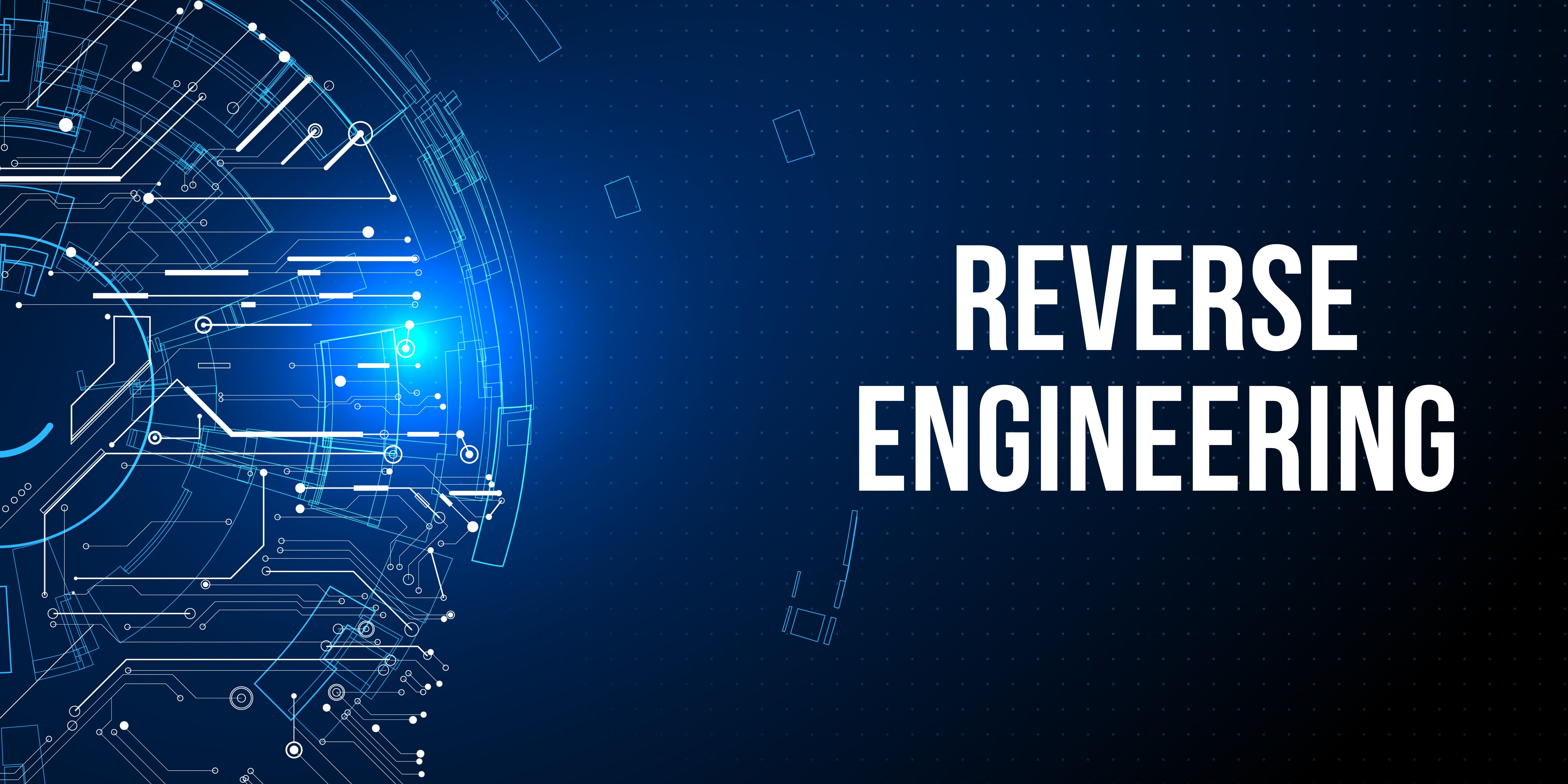Reverse Engineering, 3D Scan
Axis Generation 3D Scanning For Reverse Engineering: Everything You Need To Know

The purpose of reverse engineering is to recreate a physical part or object without beginning with a digital file or computer-aided design (CAD) model. Instead, an accurate 3D scanner is used to collect data from the surface of the physical part, which produces an STL file that becomes the digital twin of the part.

Accurate 3D scanners enable reverse engineering, allowing engineers to leverage accurate 3D measurement data to reproduce objects as they were first manufactured. With high-resolution data and intelligent metrology software, manufacturers can take their reverse engineering projects a step further by using the resulting scan data to simulate and evaluate modifications and improvements to the object before physically producing it.
With the rapidly developing 3D scanning industry, there are more options for a reverse engineering scanner than ever. Still, it can be challenging to know which one is the best 3D scanner for your reverse engineering project. For example, 3D hand scanners have become a popular choice for their affordability and compact size. However, depending on certain specifications of your project, a different 3D scanning solution may be a better choice.
We've compiled a list of everything you need to know about accurate 3D scanners that support fast and efficient reverse engineering for manufacturing.
Optimizing Your Reverse Engineering Workflow
When choosing a 3D scanner for reverse engineering, it's essential to consider the size of your project. Some 3D scanning methods are more effective for capturing data from large objects, while a handheld scanner will suffice for smaller objects. For example, imagine the size of a small jet, and now imagine scanning that by hand. A more efficient way to capture a digital twin of an object the size of a jet is by combining ATOS 3D scanning technology with TRITOP photogrammetry.
3D Scanning

3D scanning is the process of analyzing a real-world object or environment to collect three dimensional data of its shape and possibly its appearance (e.g. color). The collected data can then be used to construct digital 3D models.
A 3D scanner can be based on many different technologies, each with its own limitations, advantages and costs. Many limitations in the kind of objects that can be digitised are still present. For example, optical technology may encounter many difficulties with dark, shiny, reflective or transparent objects. For example, industrial computed tomography scanning, structured-light 3D scanners, LiDAR and Time Of Flight 3D Scanners can be used to construct digital 3D models, without destructive testing.
Our handheld 3D scanners have been designed to accelerate the time-to-market with your product development workflows, all while helping you meet your quality control requirements in non-contact 3D measurements. Discover how our 3D scanners can help you gain a competitive edge, cut the time and costs associated with product development, and optimize production processes.

